It's no secret that Apple's Notes app supports attachments such as photos, videos, and web links, as well as other file types like PDFs, word documents, spreadsheets, locations on a map, and audio tracks. While images, videos, and document scans are simple to add on an iPhone or iPad, other file types aren't as easy — at least until you know how.
With the iOS 18 and iPadOS 18 software updates, released on Sept. 16, Apple streamlines adding file attachments in the Notes app. We'll show you how it works, but we'll also give you the details for iOS 17 and iPadOS 17 if you haven't upgraded your software yet.
How to Add Attachments in Notes
There are three main ways to add file attachments to notes on iOS and iPadOS 17 and earlier, but the process for adding attachments depends on the file type. These methods still apply to iOS and iPadOS 18, but some may work somewhat differently. However, there are also entirely new ways on iOS and iPadOS 18 that simplify adding file attachments.
Use the Attachments Tool (iOS/iPadOS 18 Only)
On iOS 18 and iPadOS 18, you can attach a photo, video, fresh scan of a paper document, audio recording, or any file with a supported file extension to a note. Simply open a note, place the cursor where you want to insert the file attachment, and tap the new attachments button (the paperclip icon) in the toolbar. You'll get the following six attachment options:
- Attach File: This opens the Files app, allowing you to select a file stored on iCloud Drive, your device's local storage, or a third-party storage provider, such as Box, Dropbox, OneDrive, or Google Drive. You can even choose a file from your Mac on the same Wi-Fi network if you've set up a server connection to it.
- Record Audio: This opens the Voice Memos interface, allowing you to quickly record an audio note in M4A format. Embedded audio recordings will show transcripts when possible.
- Choose Photo or Video: This opens the photo picker, allowing you to select one or more images and/or videos from your Photos app.
- Take Photo or Video: This opens the camera interface, allowing you to take a new photo or video.
- Scan Documents: This opens the document scanner interface, allowing you to scan one or more pages of a physical document into a PDF.
- Scan Text: This opens the text-scanning interface, allowing you to convert text captured from a physical document into regular text in the note.

When you select "Attach File," the file picker interface opens, giving you access to everything in the Files app. As mentioned above, you can pick a file stored on iCloud Drive, your device's local storage, a third-party storage provider, or even your Mac if a server connection is set up.
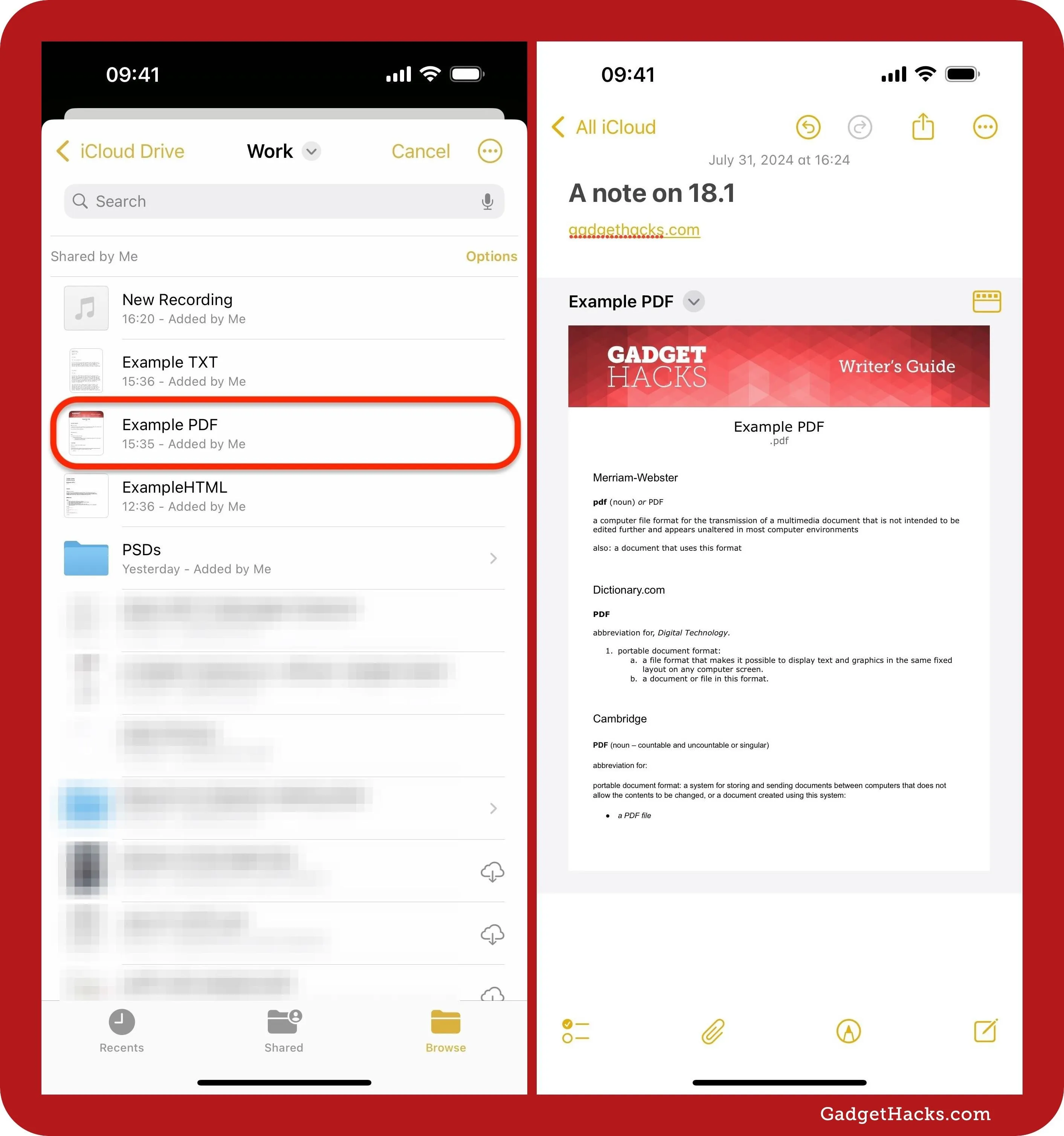
Use the Camera Tool (iOS/iPadOS 17 Only)
This option on iOS 17 and iPadOS 17 is nearly identical to Option 1 above, but you use a different button in the toolbar and get two fewer attachment options. In any note, place the cursor where you want to insert the file attachment. Next, tap the toolbar's camera button. You get four choices:
- Choose Photo or Video: This opens the photo picker, allowing you to select one or more images and/or videos from your Photos app.
- Scan Documents: This opens the document scanner interface, allowing you to scan one or more pages of a physical document into a PDF.
- Take Photo or Video: This opens the camera interface, allowing you to take a new photo or video.
- Scan Text: This opens the text-scanning interface, allowing you to convert text captured from a physical document into regular text in the note.
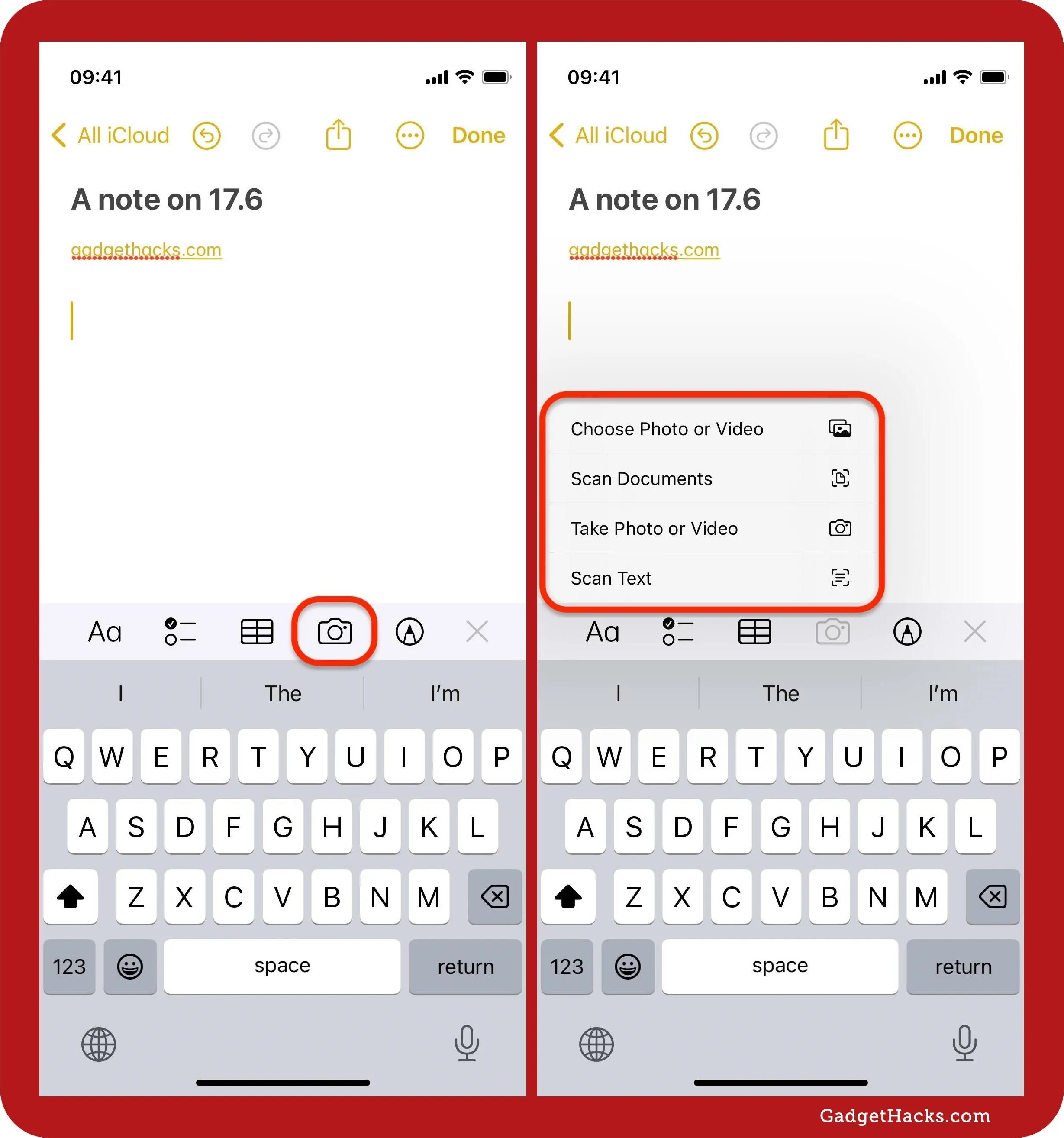
Share Files to Your Notes (iOS/iPadOS 17 and Later)
To add any other type of attachment, you can share it with the note you want to include it in. For example, if you want to add a location preview, rich link preview, PDF, TEXT file, HTML document, or anything else, locate it in the app where it originates, then tap the share button to open the share sheet. While most helpful on iOS 17 and iPadOS 17, this process still works on iOS 18 and iPadOS 18.
Depending on the attachment type, you may have a button below the attachment's name on the share sheet that lets you choose what or how to share it. For example, a webpage will show an "Options" button, which enables you to switch between a rich link preview and a PDF of the webpage. A PDF stored on iCloud may show a "Send Copy" or "Collaborate" button, where a copy will attach a PDF to the note and a collaboration an embedded share link to the document on iCloud Drive.
Next, select "Notes" on the share sheet. A preview of the attachment should appear, and you can save it to a new note or change the save location to a note you already have. Once ready, tap "Save." Then, you can confirm the attachment was added by going to the note itself.
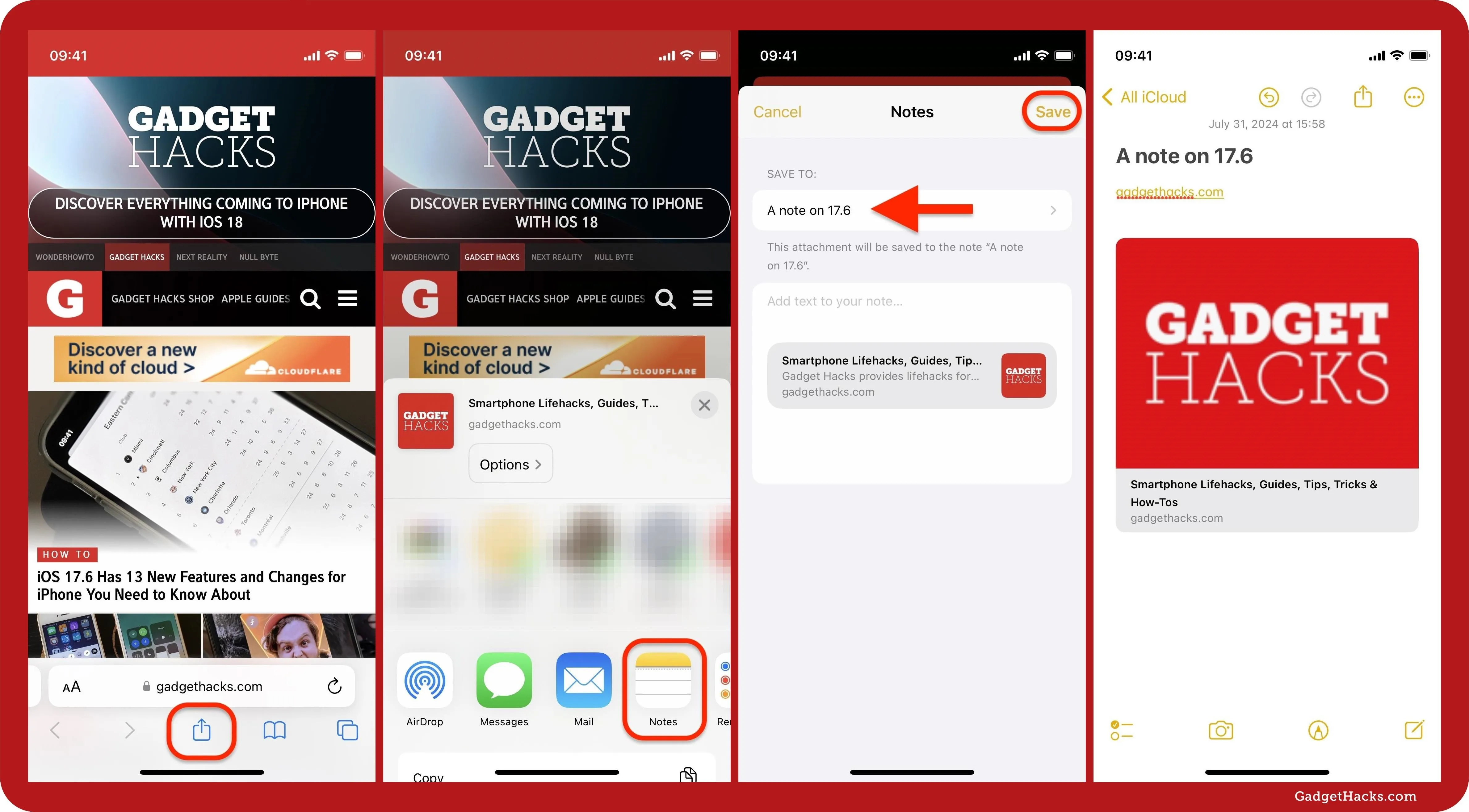
Copy and Paste Files (iOS/iPadOS 17 and Later)
You can also copy a file from an app like Files, Mail, or Messages and paste it into a note. Once copied to your clipboard, place the cursor where you want to insert the file attachment, and then tap that area again to bring up the context menu. From the menu, select "Paste."
Not all file types can be added in this way. PDFs and DOC files work, but files like OGG won't do anything, and TXT, HTML, RTF, and RTFD documents will paste in the text contents of those documents instead of embedding the documents themselves.
Again, while most helpful on iOS 17 and iPadOS 17, this process still works on iOS 18 and iPadOS 18.
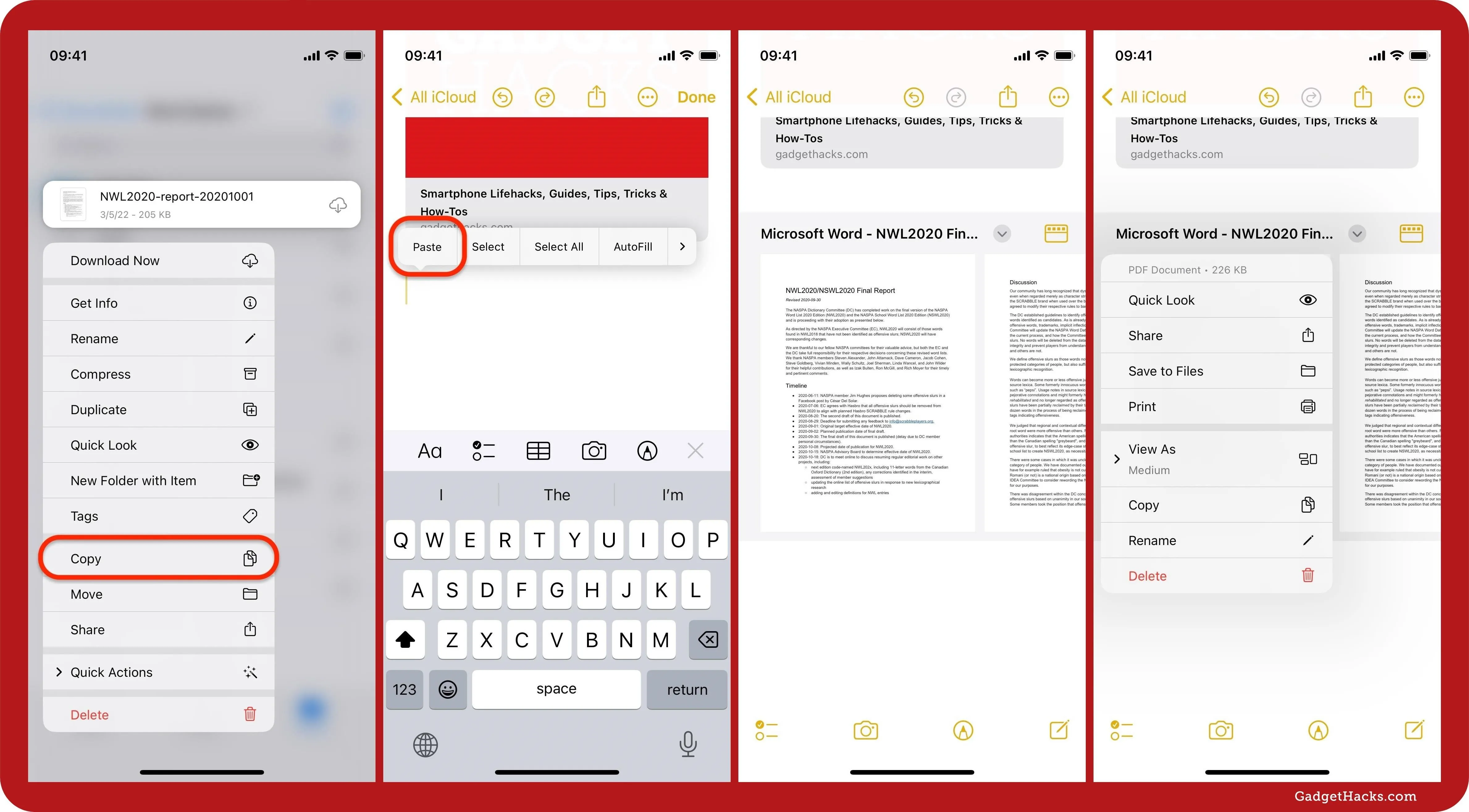
Use the New Context Menu Item (iOS/iPadOS 18 Only)
On iOS 18 and iPadOS 18, you can do more than just paste files into notes using the context menu. Using the context menu to access the file picker interface may be easier if you don't need to add a photo or video, create a new photo, video, or document scan, or record a new audio file.
In the note, place the cursor where you want to insert the file attachment, and then tap that area again to bring up the context menu. From the menu, select "Attach File" (you may need to hit the arrow button to move through the options), then find and select the attachment.

No matter if you're using iOS 17 and iPadOS 17 or iOS 18 and iPadOS 18, you can still flip through PDFs inline, change all attachments to either small or large, and change individual attachment views to small, medium, or large.
Cover photo and screenshots by Justin Meyers/Gadget Hacks






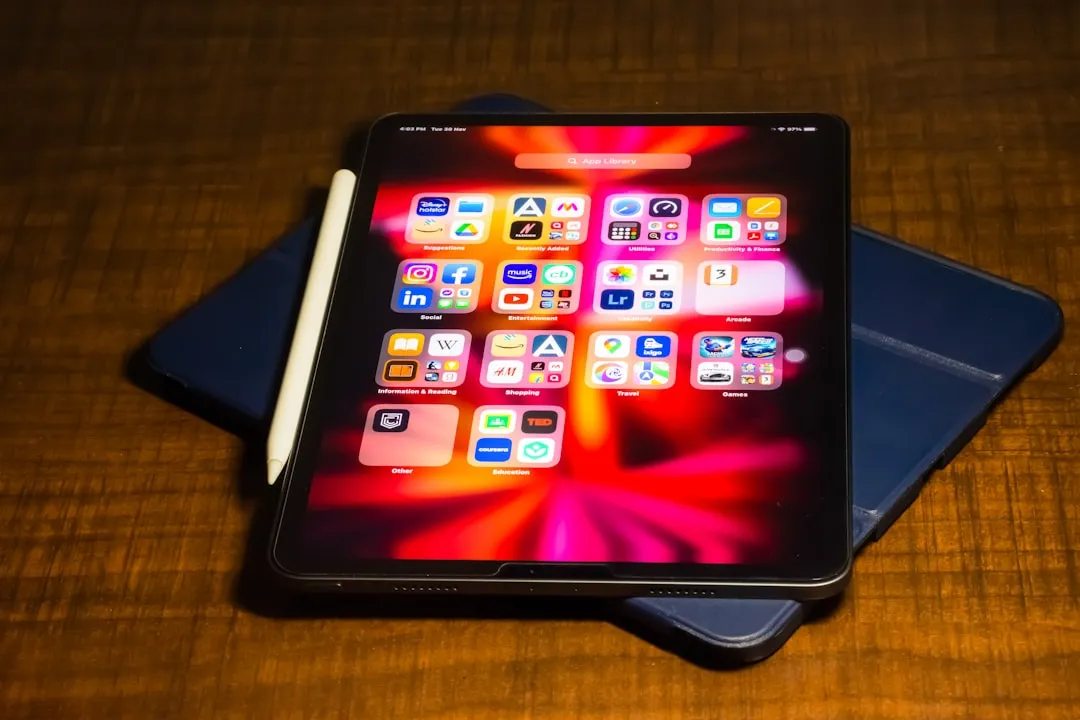




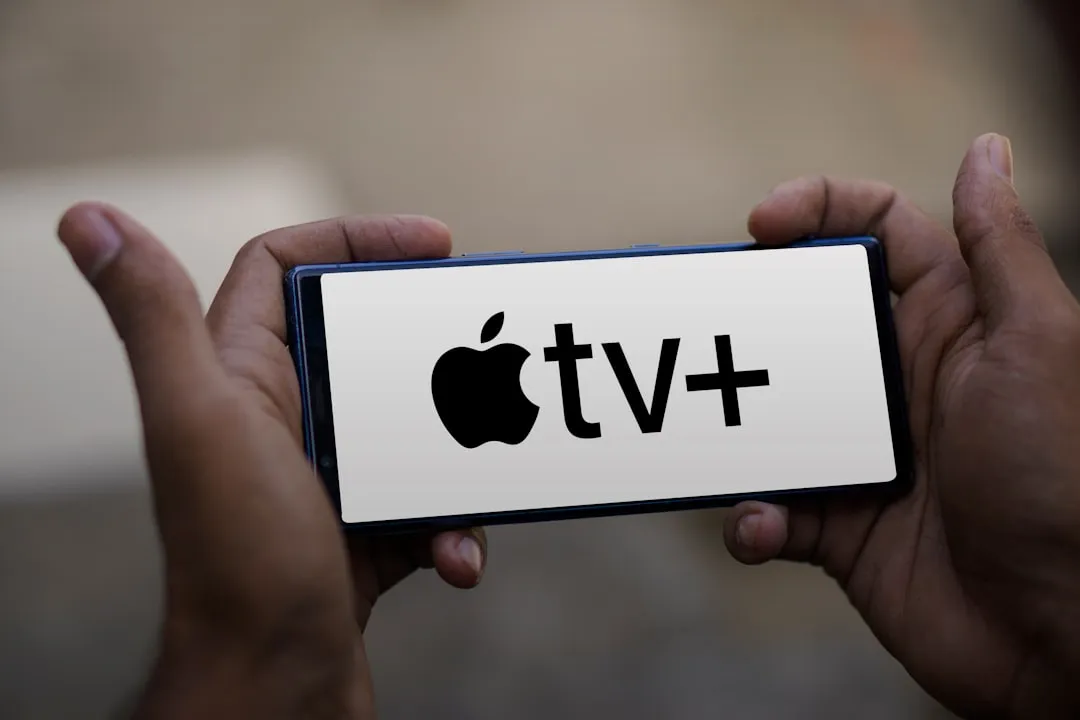


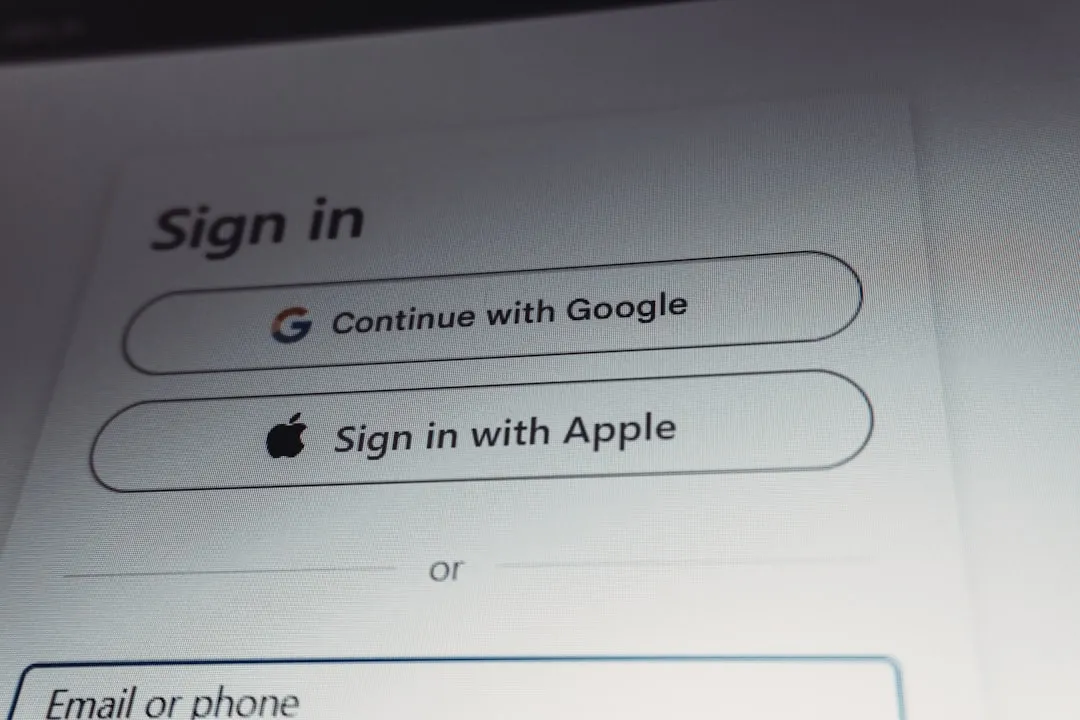
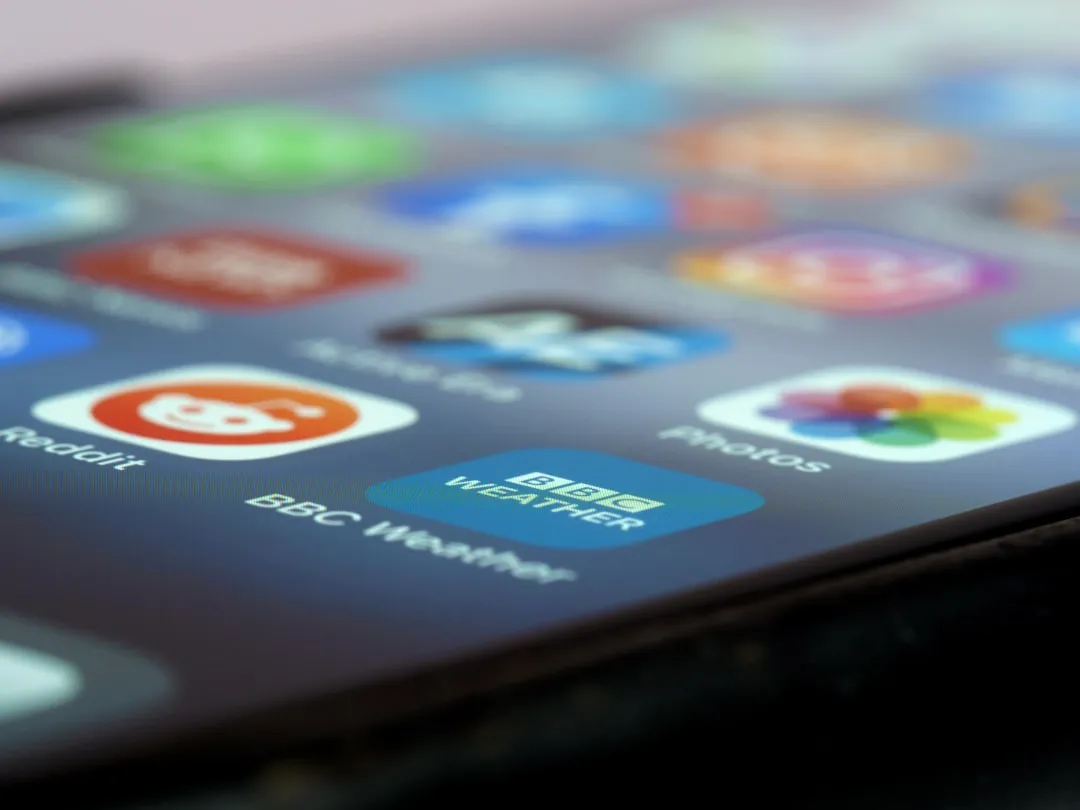
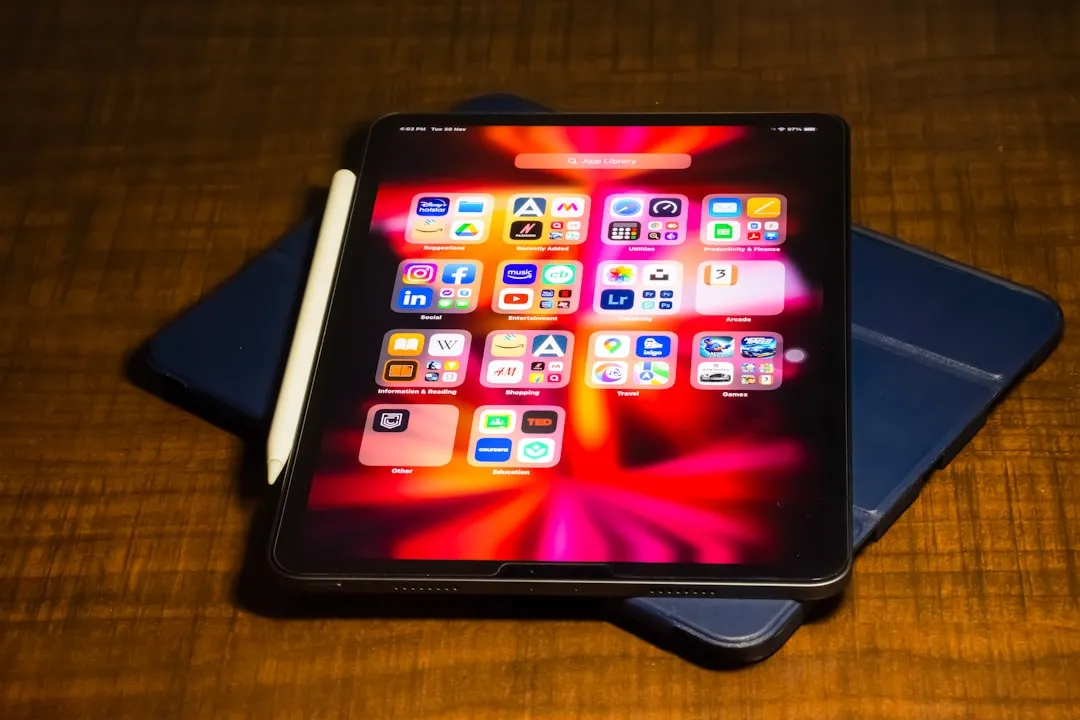
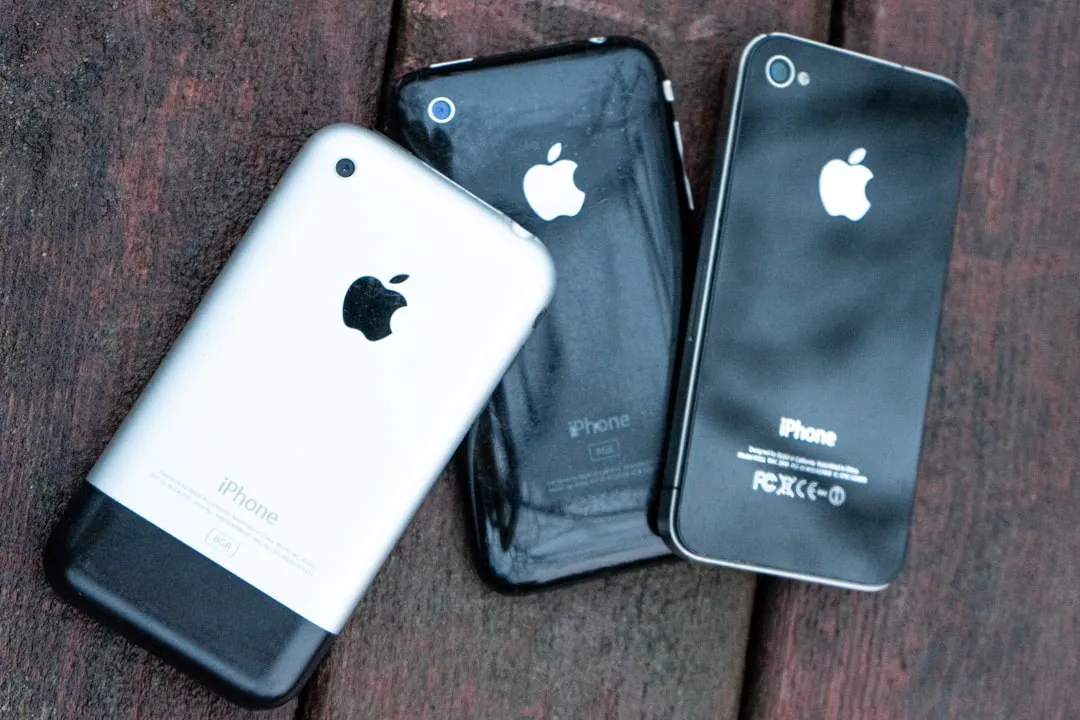
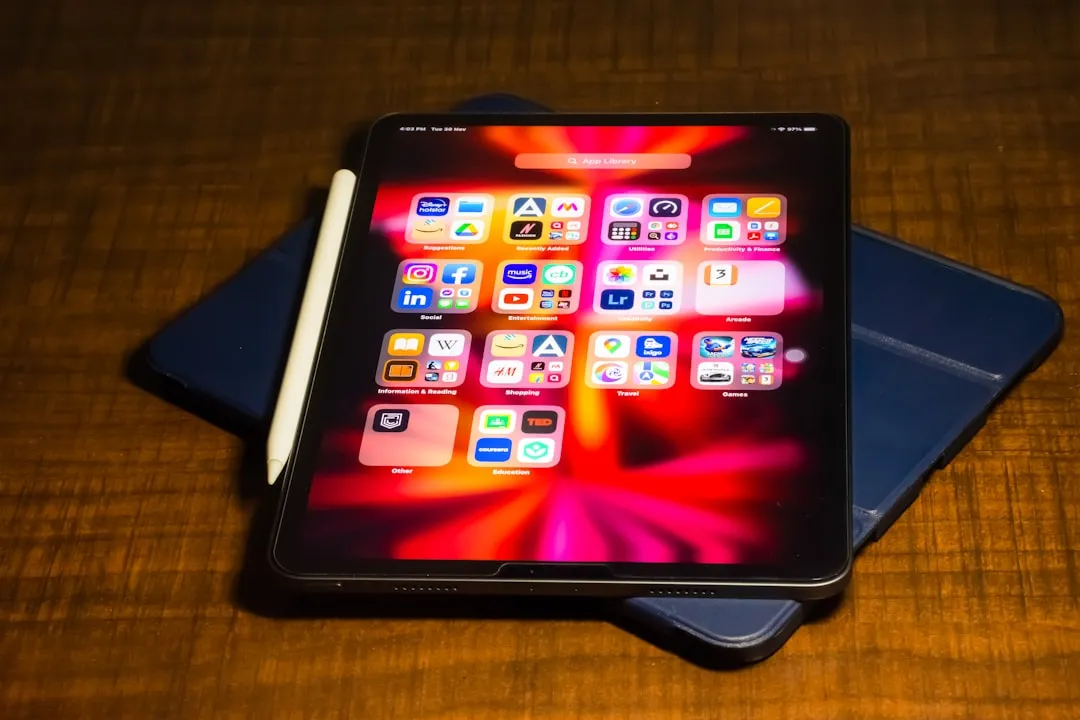

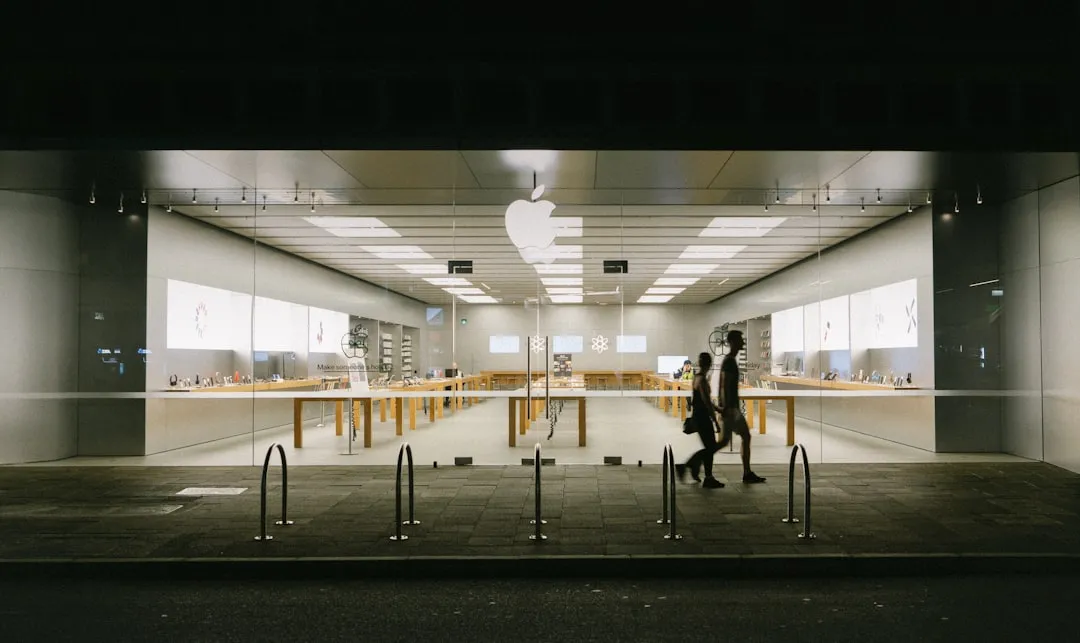
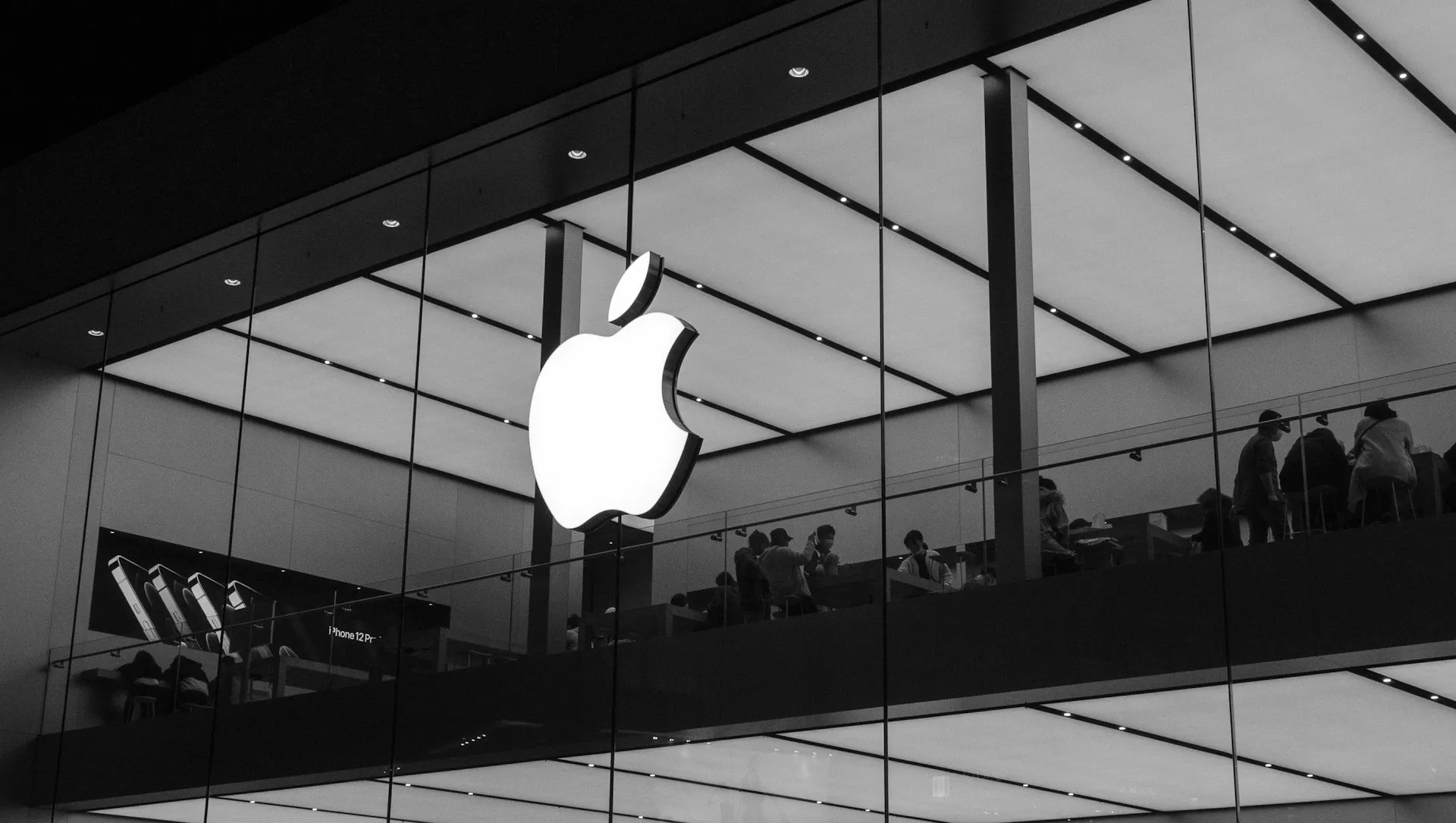
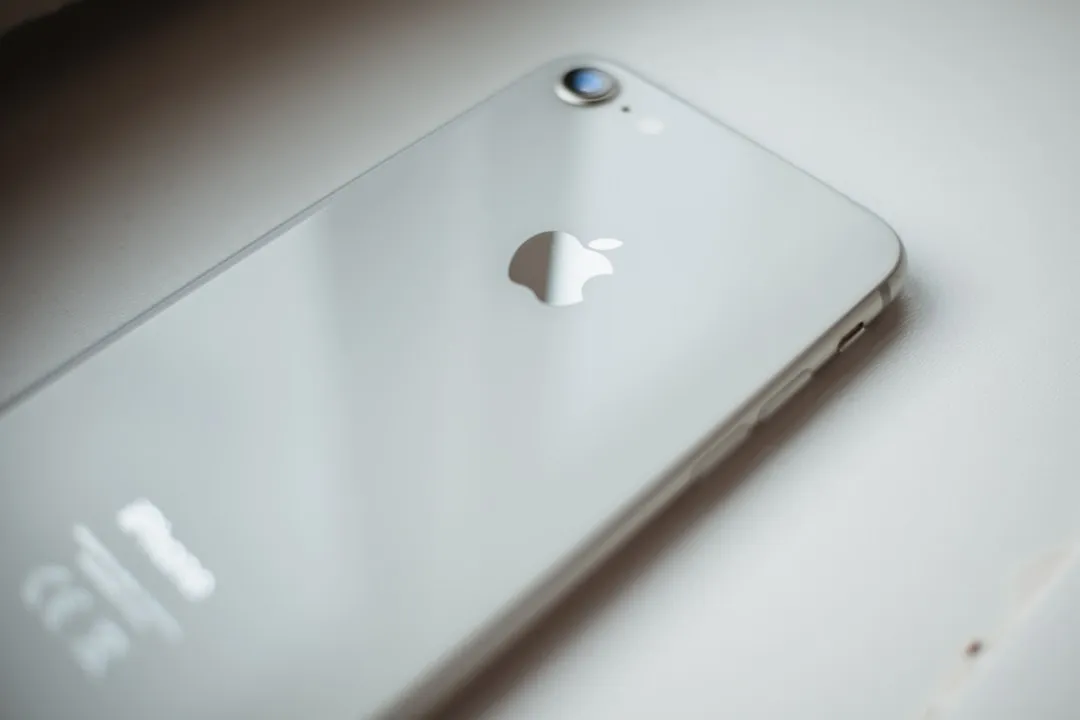
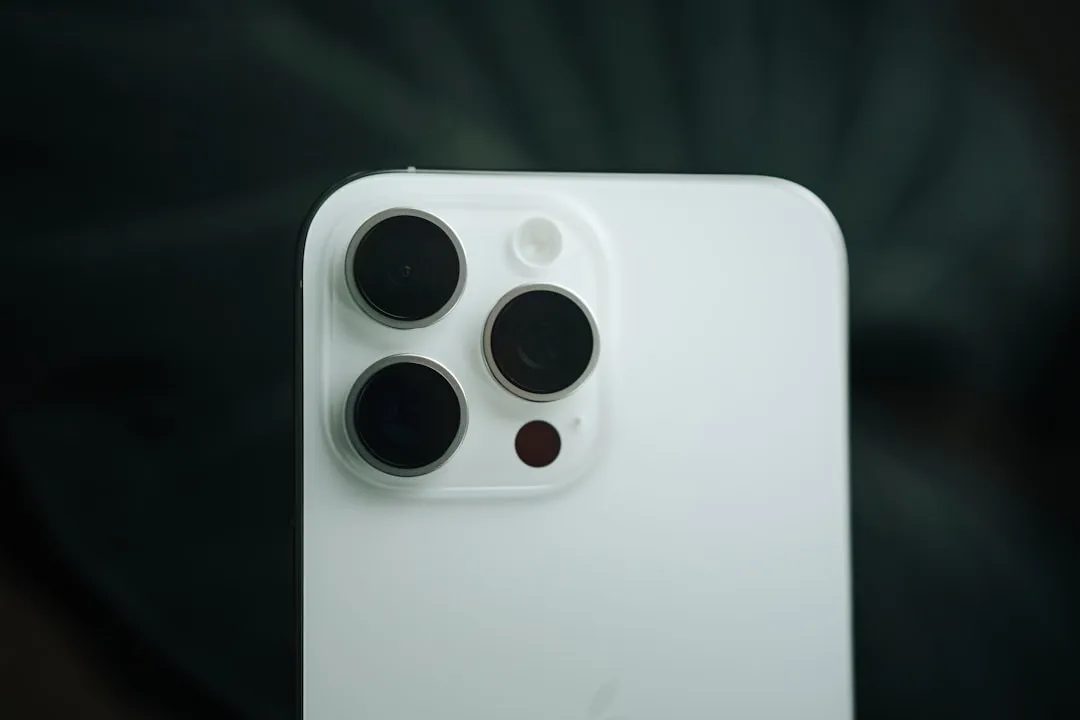

Comments
Be the first, drop a comment!